One of the main challenges and fears of those who venture on the Camino de Santiago de Compostela are the dreaded blisters on the feet. For many pilgrims, blisters can turn a spiritual and physical journey into a real nightmare. They not only cause extreme discomfort but can also lead to infections and other complications, making it difficult or even impossible to continue walking. Prevention and proper treatment of blisters are essential to ensure a more pleasant and safe experience during this long journey.
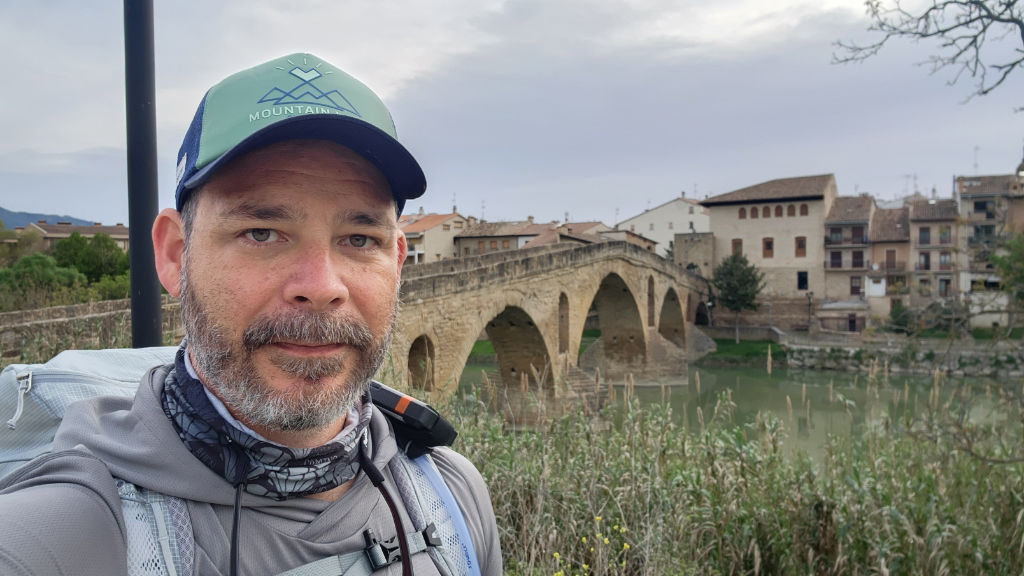
In this article, I will share my personal experience and the strategies I used to avoid blisters on my feet during my 35 days and almost 800 km on the Camino de Santiago, from Saint-Jean-Pied-de-Port to Santiago de Compostela. In addition, I will explore the best practices and available products, such as NOK cream from Akileine, Compeed healing patches, and technical socks from Injinji and Lorpen, which were essential to keep my feet protected and healthy along the way.
The Choice of Footwear and Blister Prevention
Sneakers or Boots?
One of the first important decisions I had to make was choosing between sneakers or boots for the walk. I chose sneakers instead of boots, mainly because sneakers are lighter and more ventilated, which helps keep feet cooler and drier, reducing the risk of blisters.
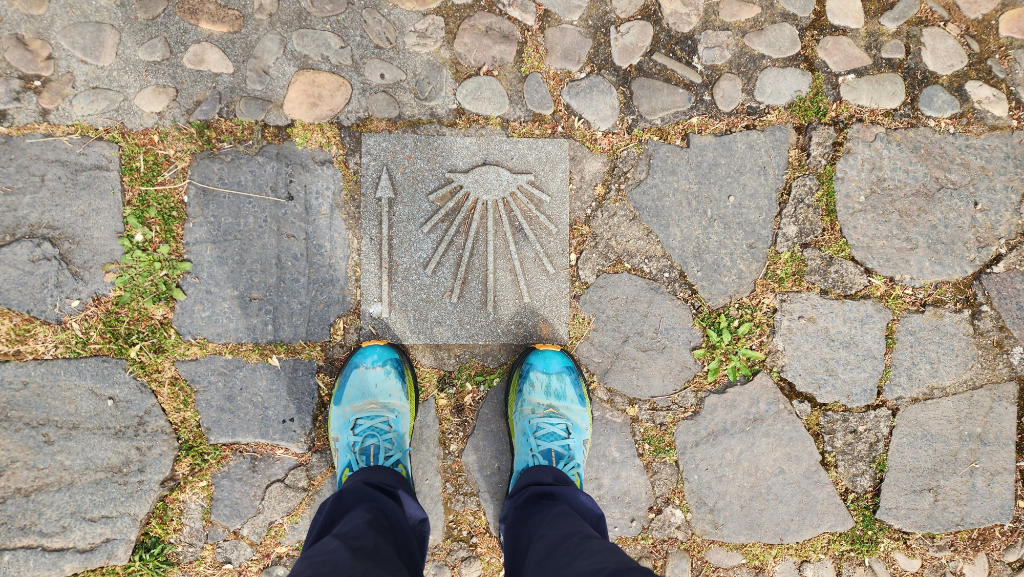
Footwear with or without Gore-Tex?
Another question that came up was whether I should wear sneakers with or without Gore-Tex. I decided on the Hoka Challenger ATR 7 GTX sneakers, which have a Gore-Tex membrane. This choice had its advantages and disadvantages: Gore-Tex kept my feet dry during rainy days, but sweat evaporation was reduced, which retained a large amount of moisture inside the sneakers. This was an important consideration and, in retrospect, perhaps the version of the Challenger ATR 7 sneakers without Gore-Tex could have been a better option, as they are more ventilated.
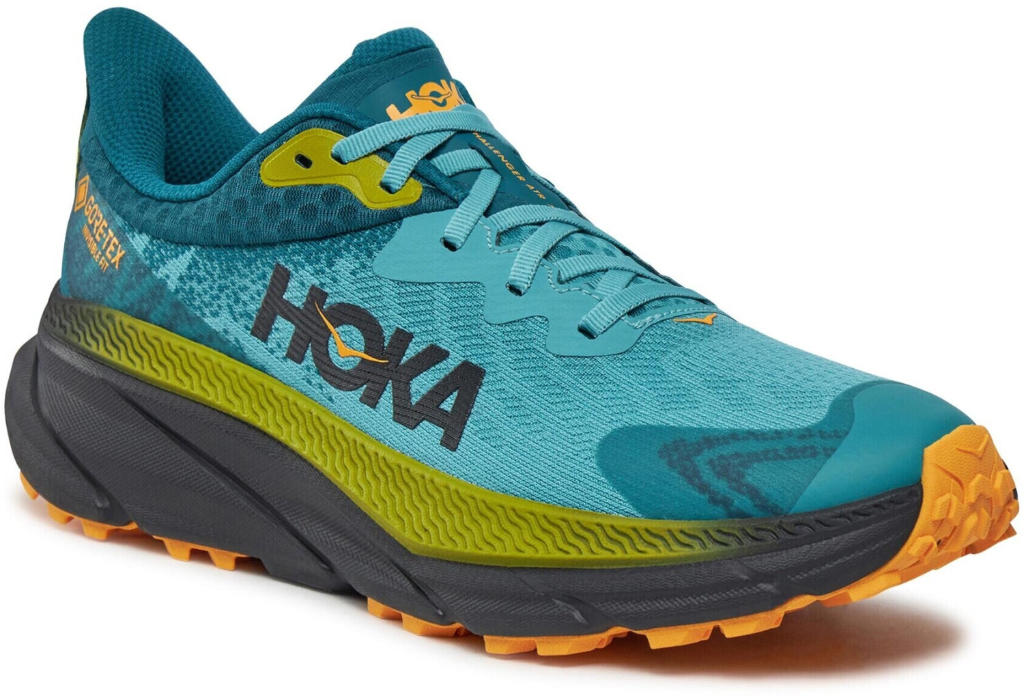
Don’t Ignore the Importance of Socks
Injinji: Blister Prevention with Toe Socks
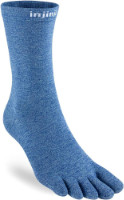
Lorpen: T3 Technology for Maximum Protection

Foot Preparation
NOK Cream from Akileine

NOK Cream in Brazil
NOK cream is not available in Brazil, but for those planning to do the Camino de Santiago or other outdoor activities in Europe, it is easy to find in pharmacies in both France and Spain, including along the Camino itself.
For those looking for an alternative available in Brazil, the Granado Pink Line Callus and Blister Protective Gel can be a good option. This gel forms a protective film over the skin, helping to reduce friction and prevent blisters, making it a valid recommendation for those who don’t have access to NOK.
Foot Care During the Walk
My daily routine involved applying NOK cream to my feet every morning, waiting a few minutes to absorb, and then putting on Injinji socks followed by Lorpen socks. At some stops, especially during lunch, I took off my sneakers to let the socks dry, as they always got a little damp due to the Gore-Tex membrane.
When arriving at the hostels, I would take a quick shower and dry my feet thoroughly, especially between the toes. From there, I would wear sandals. If it was colder, socks and sandals; otherwise, just sandals, to let my feet air out well. Before sleeping, I applied another thin layer of NOK cream.
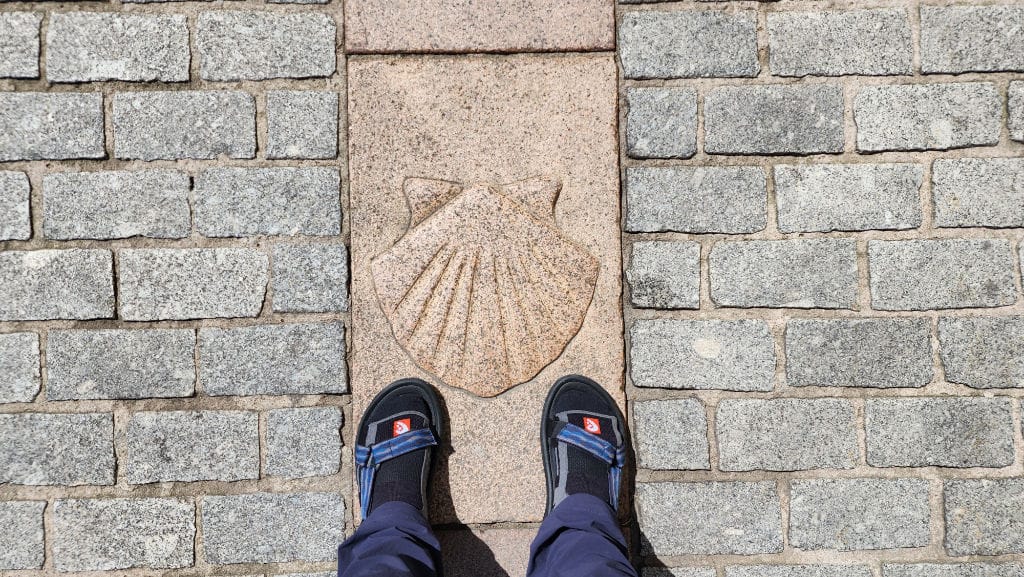
Treating Blisters with Compeed
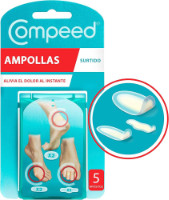
Tips for Other Pilgrims
- Footwear choice: Choose comfortable, well-fitted footwear appropriate for long walks. If you plan to use two socks, as I did, make sure to test the footwear to ensure it won’t be too tight.
- Proper socks: Use high-quality socks, preferably in layers, to reduce friction and keep your feet dry. Remember that socks, contrary to what many believe, are not an accessory but actual equipment.
- Foot hygiene: Keep your feet clean and dry, changing socks whenever necessary.
- Prevention with creams: Use specific creams to prevent blisters, such as NOK from Akileine. There are several creams on the market, but this has been the best I have found so far. Unfortunately, it is not available in Brazil, but it is easily found in Spain and France.
- Listen to your body: Take regular breaks to rest and air out your feet.
Conclusion
Taking good care of my feet had a huge impact on my overall experience on the Camino de Santiago. Avoiding blisters allowed me to fully enjoy the walk, without the discomfort and pain that many people face. Prevention is the key to a successful and enjoyable journey.
Planning and choosing the right products, such as NOK cream, Injinji and Lorpen socks, and Compeed patches, are essential to ensure a safe and comfortable experience.
This post is also available in: Português (Portuguese (Brazil)) Español (Spanish)
